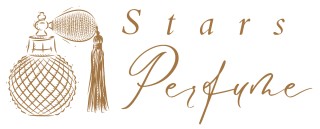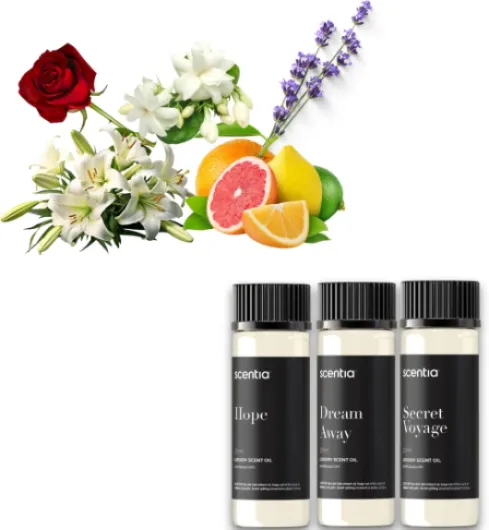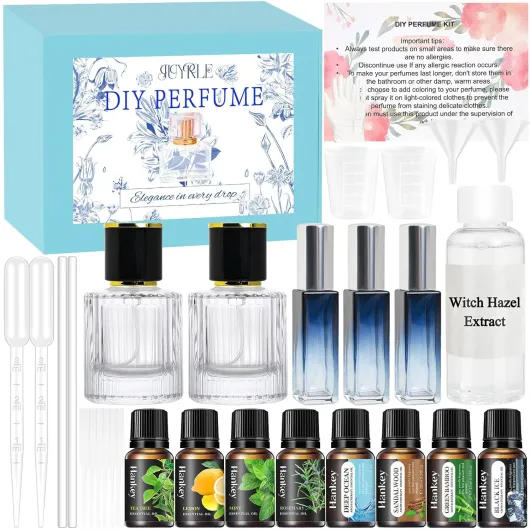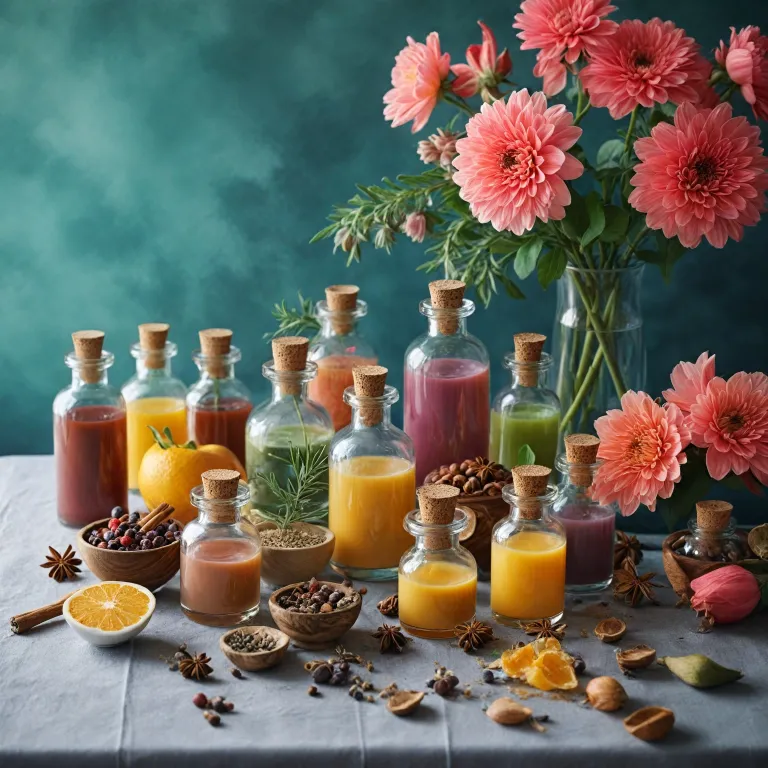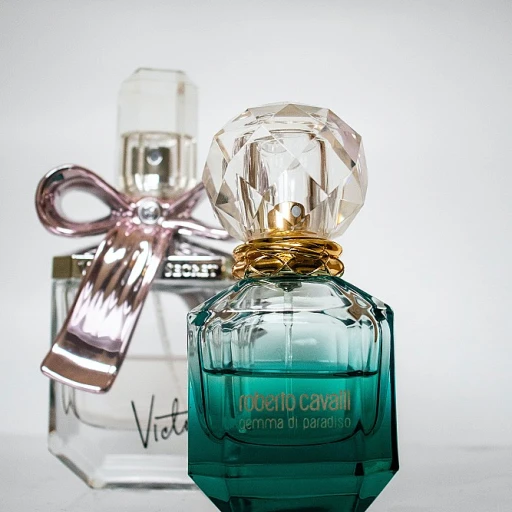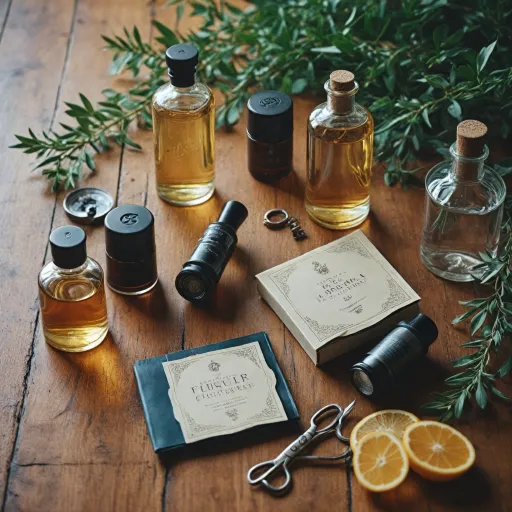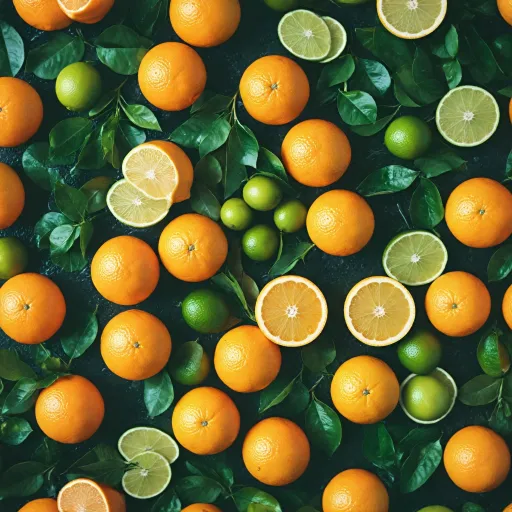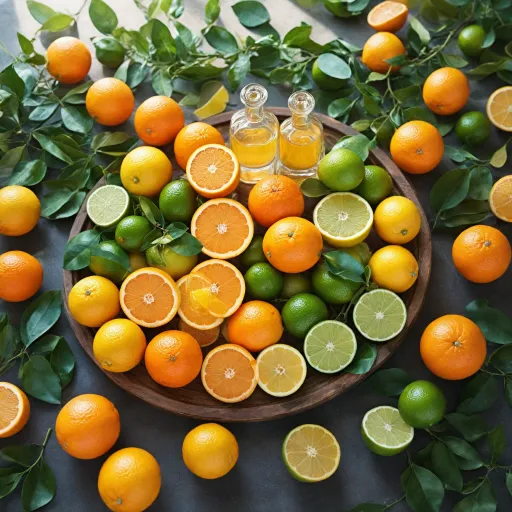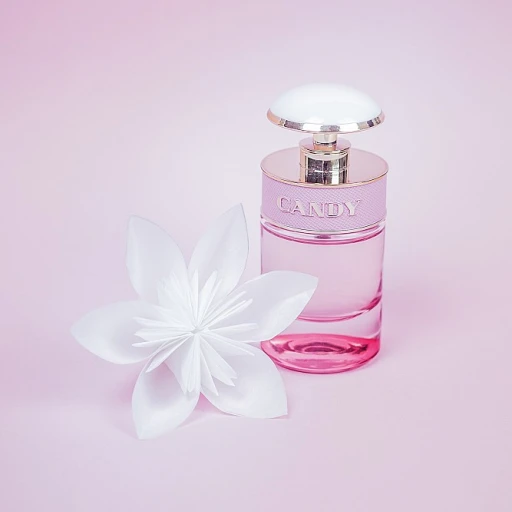
Understanding the basics of scent layering
What Makes Scent Layering So Captivating?
For fragrance lovers, the art of scent layering is more than just a trend—it's a creative journey. At its core, layering fragrances is about blending different perfumes or oils to create a unique, personal scent. This approach lets you experiment with various notes, from woody and floral to vanilla and musk, to craft a signature scent that truly reflects your personality.
Understanding Fragrance Families and Notes
Before diving into perfume layering, it's important to get familiar with fragrance families and the structure of a perfume. Every fragrance is built on three layers: top, middle (heart), and base notes. The top notes are what you smell first, often fresh or citrusy, but they fade quickly. The heart notes, usually floral or spicy, emerge next and last longer. Finally, the base notes—think woody, vanilla, or musk—linger the longest and provide depth.
Knowing how these notes interact is key to successful fragrance blending. For example, pairing a floral heart with a woody base can create a balanced, harmonious blend. This is where the real art layering begins, as you mix and match to find the perfect combination for your skin and style.
Why Layering Fragrances Matters
Layering perfumes allows you to create unique scents that stand out. Instead of relying on a single eau de parfum, you can combine elements from different fragrances to enhance longevity, complexity, and projection. This technique is especially useful if you want to create a personal scent statement that evolves throughout the day.
- Personalization: Mix and match notes to suit your mood or the season.
- Longevity: Layering can help your favorite scents last longer on skin and clothing.
- Creativity: Experiment with oil blending, base scents, and different fragrance families for endless possibilities.
Mastering the basics of scent layering sets the foundation for more advanced techniques, like choosing complementary notes and exploring niche fragrance blending. As you continue, you'll discover tips and tricks to avoid common mistakes and truly make the art layering your own.
Choosing complementary notes for harmonious blends
Finding the Right Balance Between Notes
When it comes to fragrance layering, selecting complementary notes is the foundation for creating a harmonious blend. Understanding how different notes interact is essential for anyone looking to create unique scents that feel both balanced and personal. The art layering process involves more than simply mixing perfumes; it’s about knowing which elements enhance each other and which might clash.
- Base notes like woody, vanilla, or musk provide depth and longevity. These are the backbone of your signature scent and should be chosen with care.
- Heart (middle) notes are often floral or spicy, acting as the main character in your fragrance story. They bridge the gap between the base and the top notes.
- Top notes are the first impression—citrus, green, or light fruity scents that add freshness but fade quickly.
To create a perfect blend, start by identifying the fragrance families you enjoy most. For example, pairing a woody base scent with a floral heart and a citrus top can result in a complex, inviting fragrance. Oil blending is another technique that allows for more control over the intensity and evolution of each note on your skin.
When layering fragrances, consider these tips tricks for a harmonious result:
- Mix and match within the same fragrance family for a seamless blend.
- Experiment with contrasting notes—like vanilla and citrus—for a unique twist.
- Test combinations on your skin, as body chemistry can alter how notes add up and evolve.
- Use lighter scents as a base for heavier perfumes, or vice versa, to control projection and longevity.
Fragrance blending is a personal journey, and the best way to discover what works is through experimentation. Don’t be afraid to combine eau parfum with oil-based perfumes, or to try layering perfumes on both skin and clothing for different effects. If you’re curious about how to get free perfume samples without making an online purchase, this guide can help you explore new scents before committing to a full bottle.
Ultimately, the goal is to create fragrance combinations that feel uniquely yours. With practice, you’ll develop an intuitive sense for which notes and fragrances create the most harmonious blends, elevating your perfume layering experience to an art form.
Techniques for layering perfumes on skin and clothing
How to Apply Perfume Layering on Skin and Clothing
Mastering the art layering of fragrances is more than just spraying perfumes in random order. The way you apply each scent, and where, can dramatically influence the final result. Here’s how to create a unique, harmonious blend that lasts and truly reflects your signature scent.
- Start with a clean base : Always apply fragrance to clean, moisturized skin. Unscented oil or lotion can help lock in the scent and enhance longevity. This is especially important for base notes like woody or vanilla, which anchor your blend.
- Apply in the right order : Begin with the heaviest scent, usually the base, and layer lighter notes on top. For example, start with a woody or vanilla base scent, then add floral or citrus notes. This technique helps each element shine without overpowering the others.
- Use pulse points : Dab or spray perfumes on warm areas such as wrists, neck, and behind the ears. These spots help diffuse the scent, allowing the notes to evolve beautifully throughout the day.
- Layering on clothing : For extra projection and longevity, lightly mist your clothing from a distance. Be cautious with delicate fabrics, as some oils or eau parfum can stain. Layering fragrances on both skin and fabric creates a multidimensional effect.
- Don’t overdo it : When blending, less is more. Too many scents can clash, so stick to two or three complementary fragrances. Consider fragrance families and how their notes add or balance each other.
Blending techniques can also include oil blending, where you apply a scented oil as your base, then layer a spray perfume on top. This not only enhances the depth of your fragrance but also helps it last longer. If you’re curious about how long your favorite bottle will last when layering, check out this guide to fragrance longevity for practical tips and tricks.
Mix and match with intention. Whether you’re combining floral and woody notes or experimenting with gourmand and musk, the goal is to create scent blends that feel personal and memorable. With practice, you’ll discover how to create fragrance combinations that are both unique and perfectly suited to your style.
Creating a personalized signature scent
Building Your Olfactory Identity
Creating a personalized signature scent is about more than just mixing perfumes. It’s an exploration of your preferences, your skin chemistry, and the art layering techniques that make fragrance truly unique. Fragrance layering lets you express your individuality by blending notes and fragrance families that resonate with you. Here’s how to approach this creative process:
- Start with a base scent: Choose a fragrance with strong base notes like woody, vanilla, or musk. These act as the foundation for your blend and help anchor lighter scents.
- Add complementary notes: Layer with perfumes that offer contrast or harmony. For example, pair a floral eau parfum with a touch of spicy or citrus notes for added depth. Think about how the notes add complexity without overpowering each other.
- Experiment with oil blending: Applying a scented oil before your main fragrance can enhance longevity and create a richer scent profile. Oils often blend seamlessly with skin, making the overall effect more personal.
- Mix and match fragrance families: Don’t be afraid to combine woody, floral, or gourmand scents. The key is to balance intensity and ensure each element has room to shine.
- Test on skin and clothing: Your skin’s chemistry can alter how fragrances develop. Try layering perfumes on different pulse points and even on fabric to see which combinations last and evolve beautifully.
Fragrance blending is a journey. Take notes on what works and what doesn’t, and revisit your combinations as seasons and moods change. Over time, you’ll create a signature scent that feels like an extension of yourself—one that’s truly your own.
Common mistakes to avoid when combining scents
Missteps That Can Sabotage Your Scent Blending Experience
Even the most passionate fragrance lovers sometimes stumble when experimenting with perfume layering. The art layering of scents is about balance, harmony, and understanding how different notes interact. Here are some common mistakes that can disrupt your journey to create a unique signature scent, along with tips and tricks to help you avoid them.
- Overloading with Too Many Fragrances
Layering fragrances is exciting, but adding too many perfumes at once can create a muddled, overwhelming scent. Stick to two or three complementary fragrances or notes. Focus on how each element—like woody, floral, or vanilla—contributes to the overall blend. - Ignoring Fragrance Families
Not all scents play well together. Mixing fragrances from clashing fragrance families can result in a discordant blend. For example, pairing a heavy, spicy base with a light, citrusy top note might not create the harmony you’re seeking. Instead, try to mix and match within families that naturally complement each other, such as floral and woody or vanilla and oriental. - Neglecting the Role of Base Notes
Base notes are the foundation of any perfume layering. Skipping a solid base scent can leave your blend feeling incomplete. Choose a base—like musk, sandalwood, or vanilla—that anchors your fragrance and allows other notes to shine. - Applying Scents in the Wrong Order
The order in which you layer perfumes matters. Start with the heavier, oil-based fragrances or base notes on your skin, then add lighter eau parfum or top notes. This technique helps each scent develop properly and ensures longevity. - Forgetting About Skin Chemistry
Scents can react differently depending on your skin’s natural oils. What smells perfect on a blotter or someone else might not work for you. Always test blends on your own skin before committing to a new combination. - Overlooking Clothing and Hair
Layering perfumes isn’t limited to skin. Spritzing fragrance on clothing or hair can add dimension, but be cautious—some perfumes or oils may stain fabrics. Always check the compatibility of your chosen scents with your wardrobe. - Not Allowing Scents to Settle
Fragrance layering requires patience. Give each perfume a moment to settle before adding the next. This allows you to experience how the notes add depth and evolve, helping you create a more harmonious blend.
By being mindful of these pitfalls, you’ll refine your perfume layering skills and create fragrance blends that truly express your unique style. Remember, the art of scent layering is as much about experimentation as it is about understanding the basics of fragrance blending and choosing the right notes for your perfect signature scent.
Exploring niche and artisanal approaches to scent blending
Discovering the World of Niche and Artisanal Blending
For fragrance lovers who crave more than mainstream blends, niche and artisanal perfume houses offer a fascinating playground. These creators often push the boundaries of scent layering, using rare ingredients and innovative techniques to create unique fragrances that stand out from the crowd. Their approach to fragrance blending is less about following rules and more about exploring the art layering process with a personal touch.
- Unconventional Notes and Pairings: Niche perfumers are known for experimenting with unexpected notes. Imagine pairing smoky woody base notes with creamy vanilla or adding a twist of green or spicy elements to a classic floral scent. These combinations can create a signature scent that feels both familiar and entirely new.
- Oil Blending and Concentration: Many artisanal brands focus on oil blending, which allows for a richer, longer-lasting scent on the skin. The higher concentration of oils in these perfumes means that each note—whether it’s a deep base or a sparkling top—unfolds gradually, offering a more complex fragrance experience.
- Small Batch, Big Impact: Artisanal perfumers often produce fragrances in small batches. This allows them to experiment with rare ingredients and tweak their formulas, resulting in perfumes that feel truly exclusive. It’s a perfect way for enthusiasts to create fragrance memories that are hard to replicate.
When exploring these niche options, it’s essential to trust your nose and not be afraid to mix and match across fragrance families. Whether you’re layering perfumes from the same house or blending scents from different creators, the key is to let your personal taste guide you. Try combining a base scent with contrasting notes add depth and intrigue, or experiment with layering fragrances that share a common element, like a woody or floral accord.
Remember, the art of scent layering is about expressing your individuality. Niche and artisanal approaches invite you to break away from traditional rules and create unique blends that reflect your own view of what a perfect fragrance should be. With a bit of curiosity and a willingness to experiment, you can master fragrance layering and discover new favorites that truly feel like your own signature scent.
